

Settlement Monitoring System for Hydraulic Static Level
1、 Overview of differential pressure static level settlement monitoring system:
The differential pressure static level settlement monitoring system is applied to long-term monitoring of infrastructure settlement such as foundations, foundation pits, tunnels, tracks, high-speed railways, highways, mountains, slopes, dams, power stations, foundations, large storage and irrigation.
From construction to the end of use, the project is expected to meet the design quality standards, ensure safe use, and extend the service life as much as possible. The main body settlement monitoring of the project is to predict excessive vertical deformation, settlement, or uplift of the building that may occur during the construction and use of the main structure, and provide timely feedback on the safety of the building to ensure safety and reliability. It can also provide theoretical basis and experience for future engineering design.
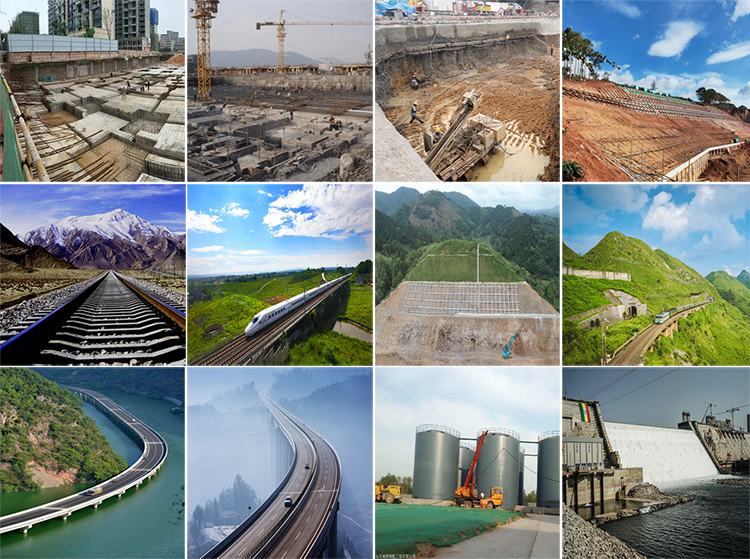
(1) Purpose of differential pressure static level settlement monitoring
1. Evaluate the safety status of the project based on the analysis of on-site settlement monitoring data;
2. Based on data collection, analyze and predict the monitoring data, provide early warning and alarm, and timely submit the settlement monitoring report and analysis report to the owner, supervisor, construction unit, and safety management team to provide technical support for safety management decision-making;
3. Accumulate data and information to provide experience for future engineering design and construction;
4. After analyzing and processing the settlement monitoring data and making necessary calculations and judgments, prediction and feedback on the construction quality are conducted.
(2) Significance of differential pressure static level settlement monitoring
1. Use modern information technology to guide construction and provide reliable and continuous settlement monitoring data.
2. Timely organize monitoring information, establish information feedback through data processing, and compare on-site measurement results with predicted values to determine whether the safety status of the project meets expected requirements.
3. The safety of buildings can be ensured through engineering settlement monitoring. In addition, the monitoring results can be compared with theoretical predicted values, and the back analysis method can be used to seek more practical theoretical formulas to guide other similar projects.
(3) Settlement is a slow process, and in any relatively short period of time, changes in the liquid level of the storage tank can be very subtle. Whether this small change can be detected in real time and accurately, reflecting the small settlement of the foundation, and achieving prevention is the key to measuring the quality of a static level product, which puts forward high requirements for the real-time and precision of the integrated liquid level sensor in the system. Due to outdoor installation, the temperature coefficient, water resistance, and lightning protection of the liquid level sensor are key technologies. In addition, the installation size and ease of replacement of the complete static level are also important technical indicators. It is composed of a high-precision level gauge, together with liquid storage tank, protective cover, connecting gas, water pipes, and other components. The differential pressure static level is a precision instrument based on the principle of a communicator, which measures the relative changes between the liquid level of several interconnected storage tanks installed at the measured point and the liquid level of the measurement base point (fixed point), and inversely deduces the relative position settlement changes of each storage tank installation position.
2、 The framework and composition of the differential pressure static level settlement monitoring system:
(1) Frame Diagram
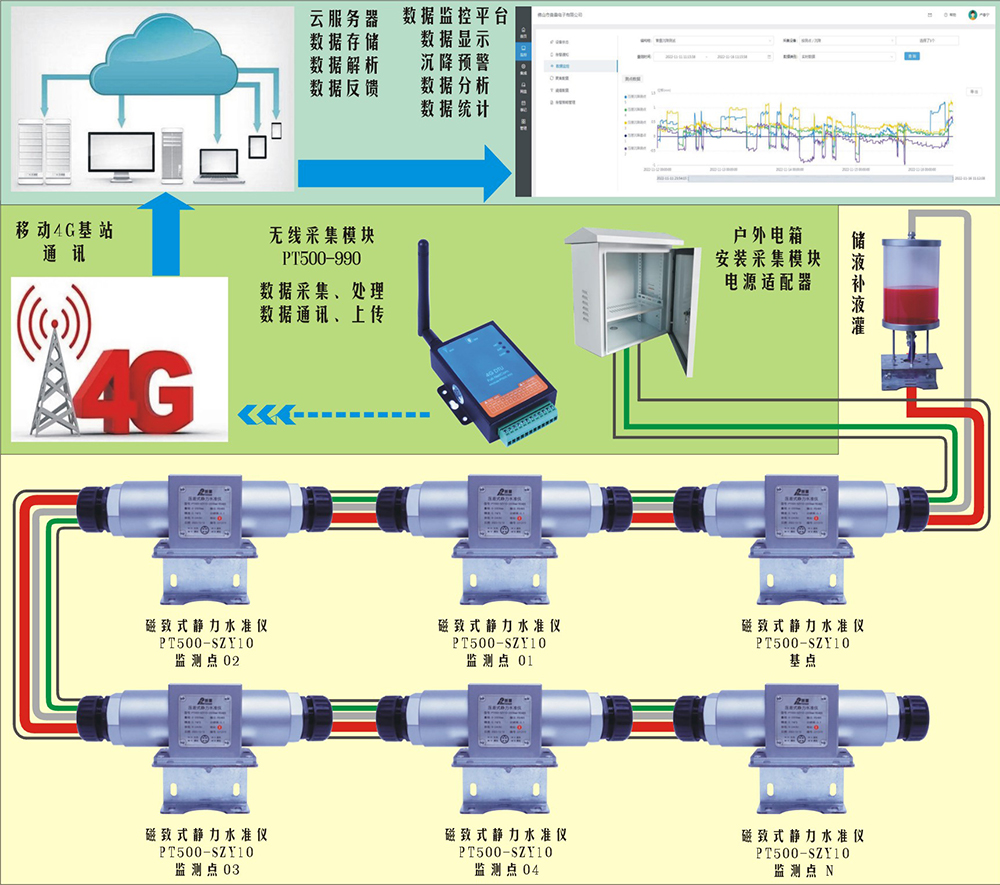
(2) System composition:
1. Quantity of differential pressure static level PT500-SZY10: several (at least 2 sets or more);
2. Liquid storage/replenishment tank PT500-CYG01 Quantity: several (1 unit/group);
3. Quantity of 4G wireless acquisition module PT500-990: 1 (recommended access points for each module are less than 64);
4. Number of cloud servers: 1 set (third party available);
5. Number of cloud monitoring platforms: 1 set (third party available);
6. Power supply quantity: 1 set (24VDC or 220AC suitable);
7. Number of outdoor electric boxes: 1;
8. Number of 10mm liquid pipes: several meters (calculated based on the distance from the current project site);
9. Number of communication cables: several meters (calculated based on the distance from the current project site);
10. Number of wiring protection pipes: several meters (calculated based on the distance from the current project site);
11. Quantity of conductive medium (water or antifreeze): several liters (calculated based on the distance from the current project site);
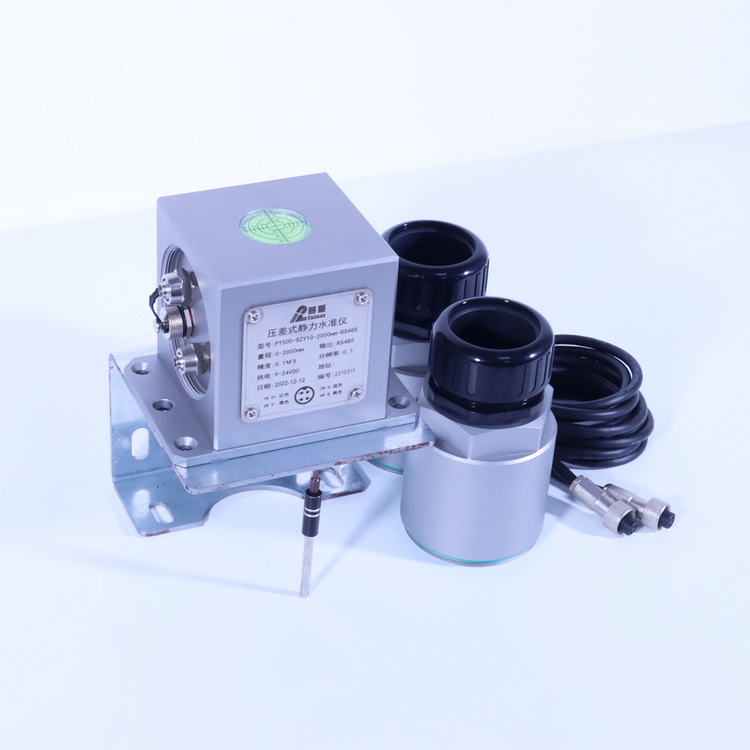
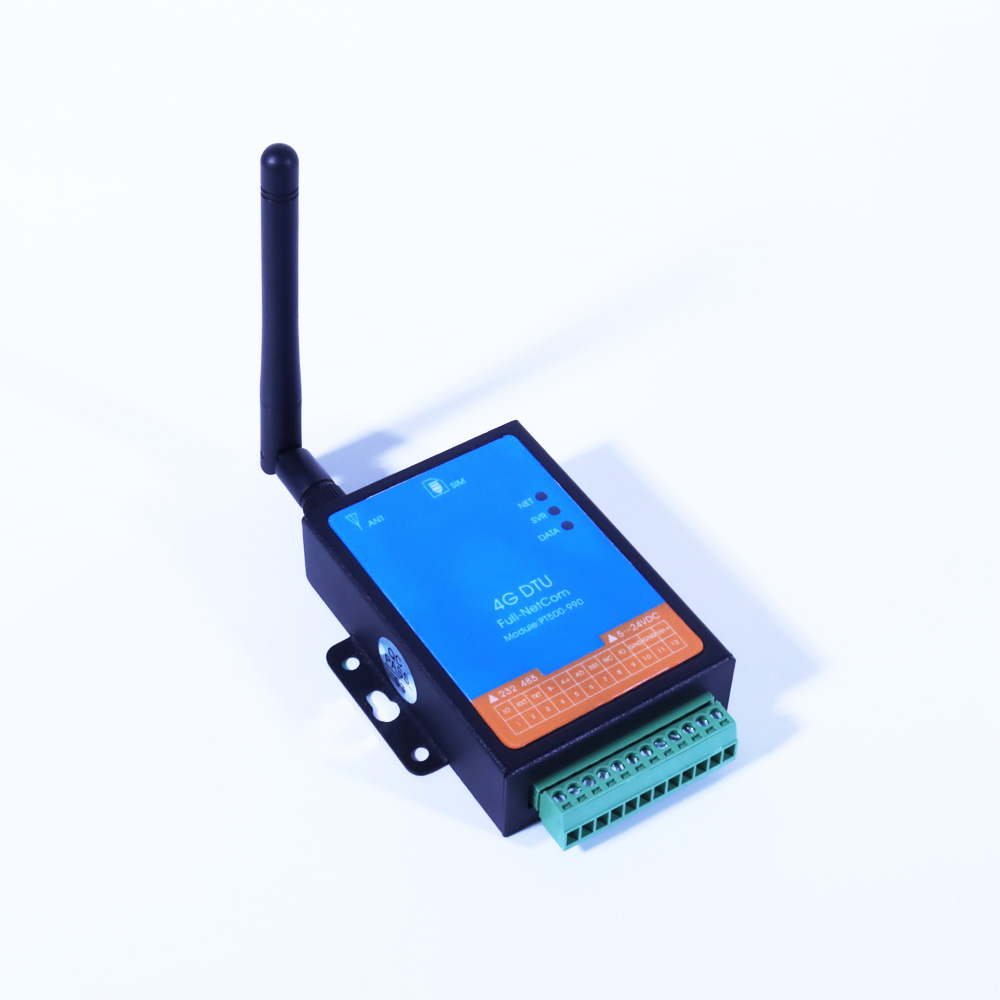
3、 Performance parameters of differential pressure static level settlement monitoring system:
(1) Main performance parameters of differential pressure hydrostatic instrument
1. Range 0~0.5m; 1m; 2m; 5m; 10m;
2. Comprehensive accuracy ± 0.1% FS;
3. Output signal RS485 RTU (height and temperature)
4. Resolution 0.01mm
5. Power supply voltage 24VDC (9-30VDC)
6. Operating current<50mA (varies with range)
7. Service life ≥ 1 million times
8. Ambient temperature - 40~70 ℃
9. Humidity/dew point Humidity 90%, no condensation
11. Protection grade IP67
12. Boundary dimension 85 * 85 * 85
(2) Main performance parameters of 4G wireless communication module
1. Operator: China Mobile 4G
2. Data transmission mode: transparent transmission/no sleep
3. Communication protocol: MODBUS RS485 RTU
4. Maximum number of slave accesses: 256 points (less than 64 points recommended)
5. Power supply: 12-24VDC
6. Receive and transmit current less than 100mA
7. Including flow card, 500 M/month * 3 years
(3) Main performance parameters of cloud monitoring platform
1. Equipment configuration, acquisition, and analysis
2. Device grouping, networking, adding, and deleting management
3. Settlement data, real-time data monitoring display
4. Data statistics, query, download
5. Data alert, recording, and distribution to users
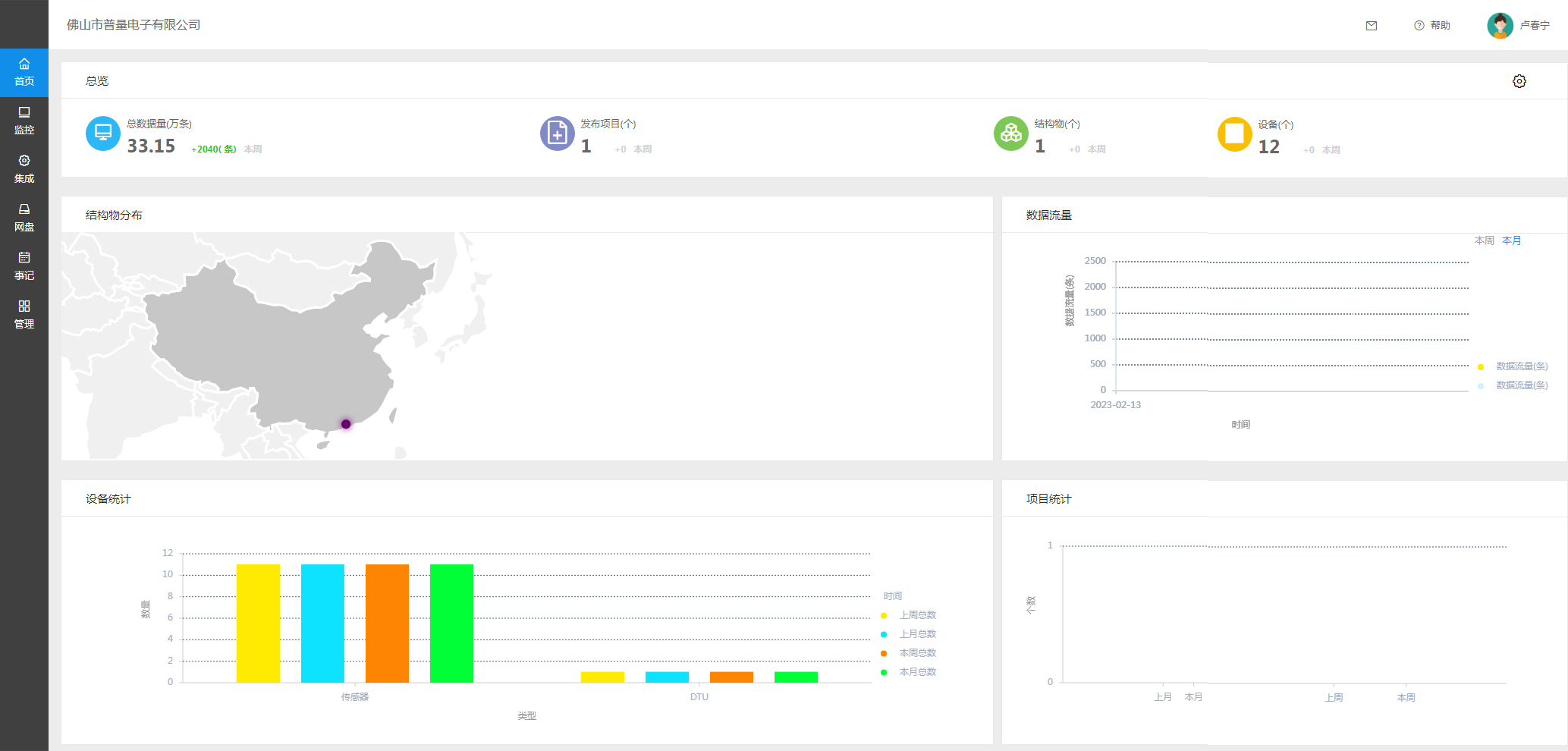
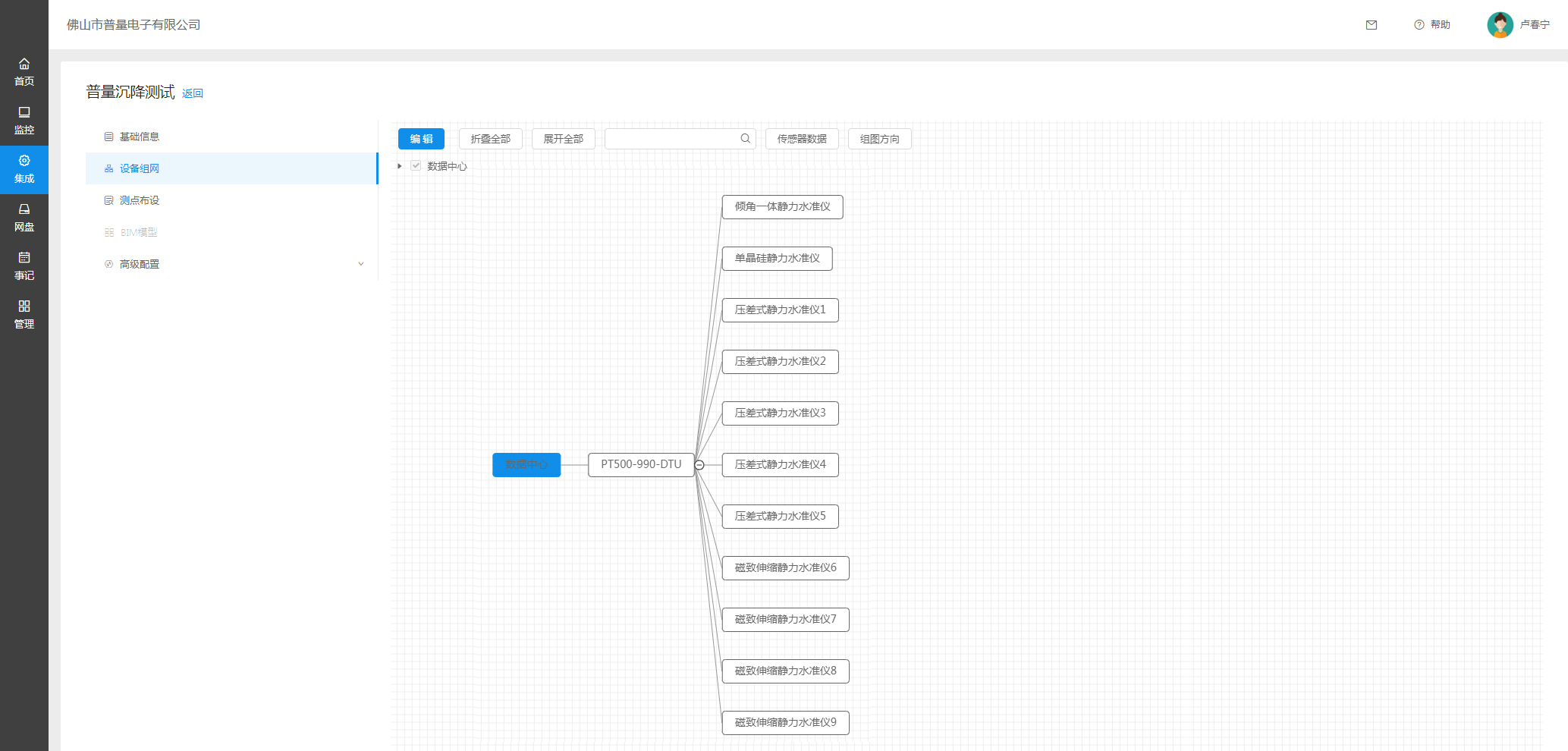
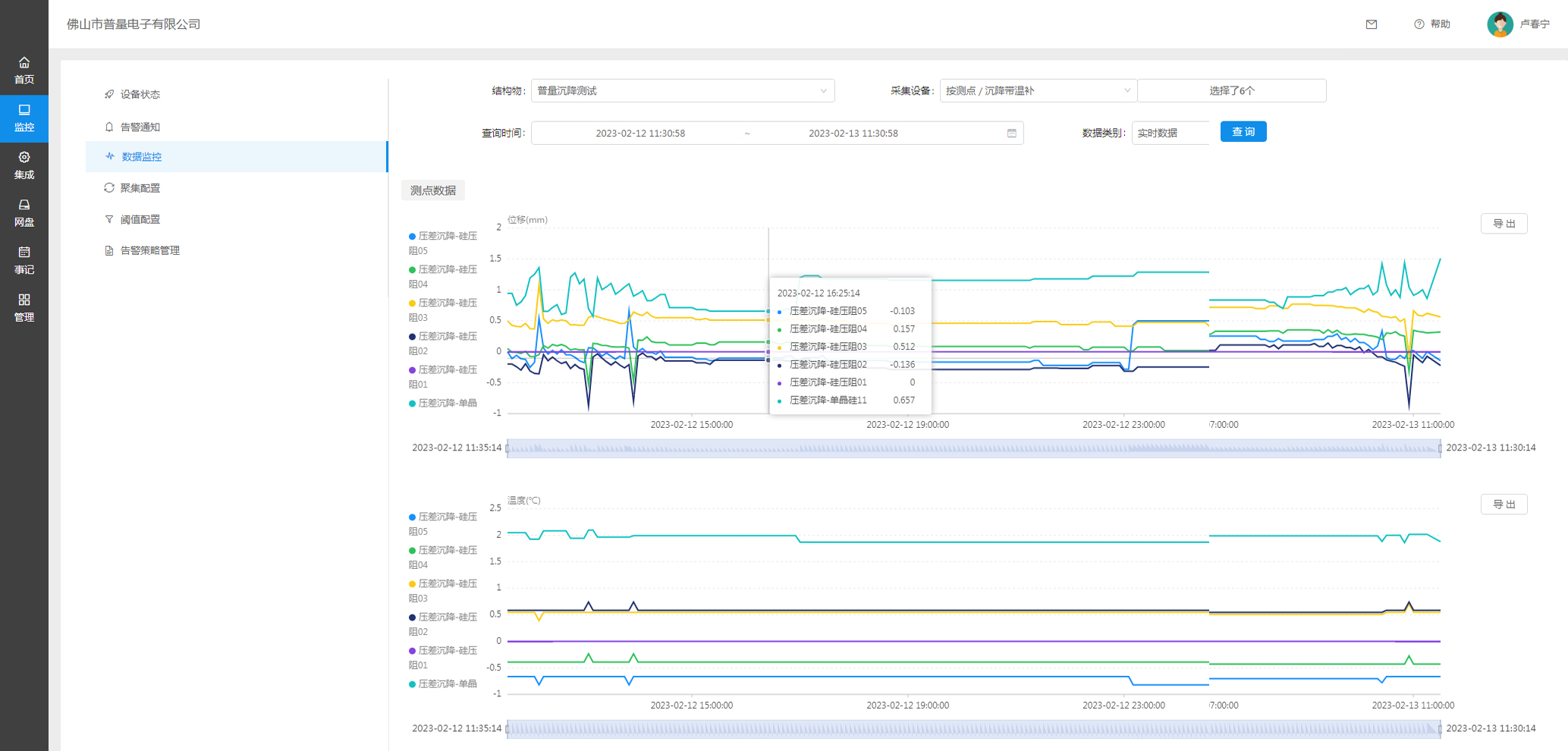
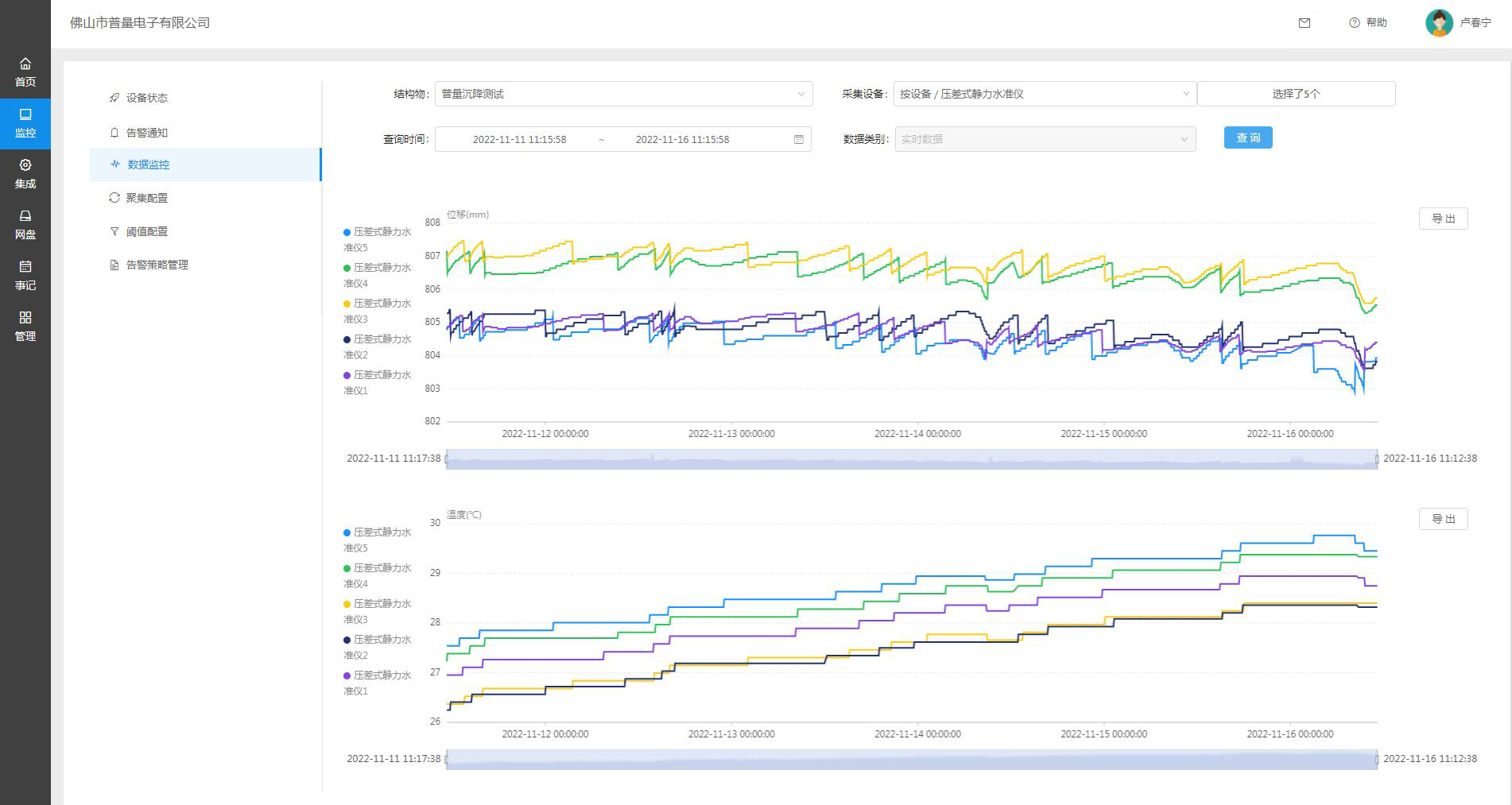
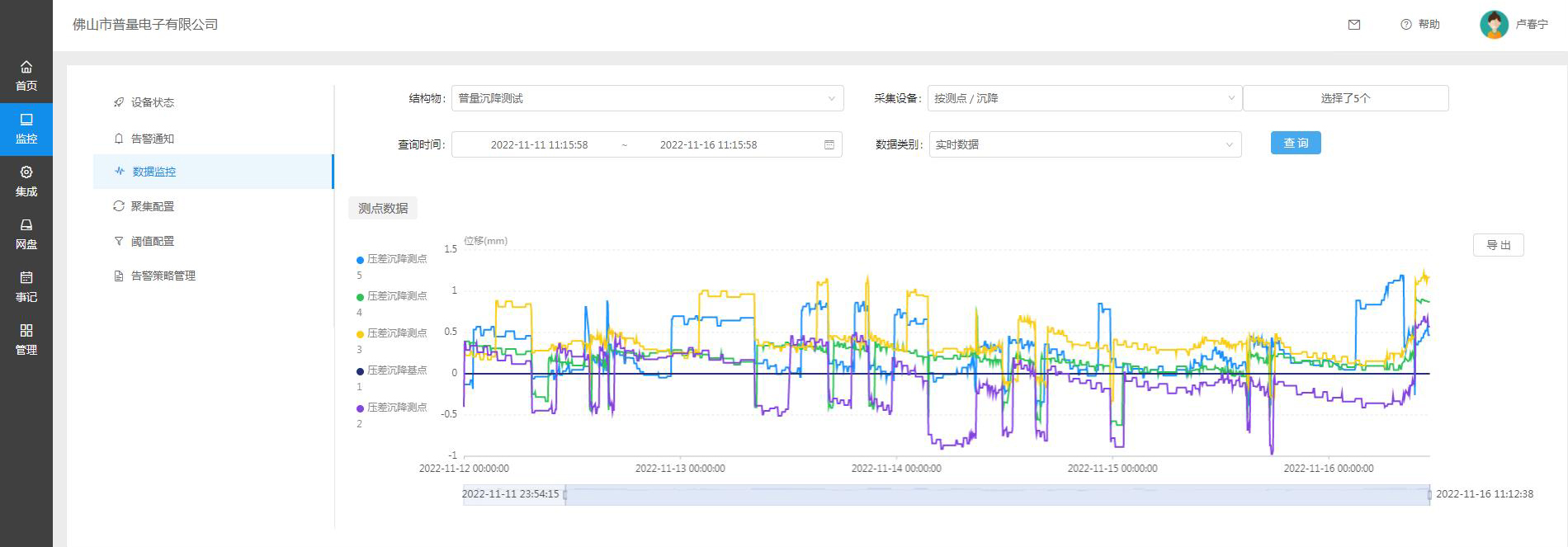
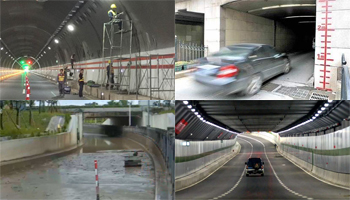
Water level measurement and monitoring of tunnel and Bridge
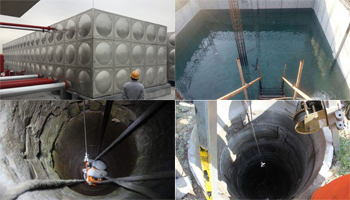
Water level measurement and monitoring of fire wells and pools
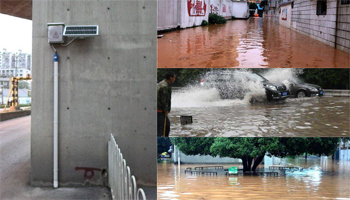
Monitoring of urban waterlogging water level

Smart city
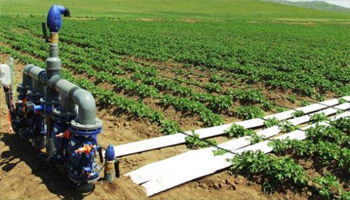
Agricultural irrigation